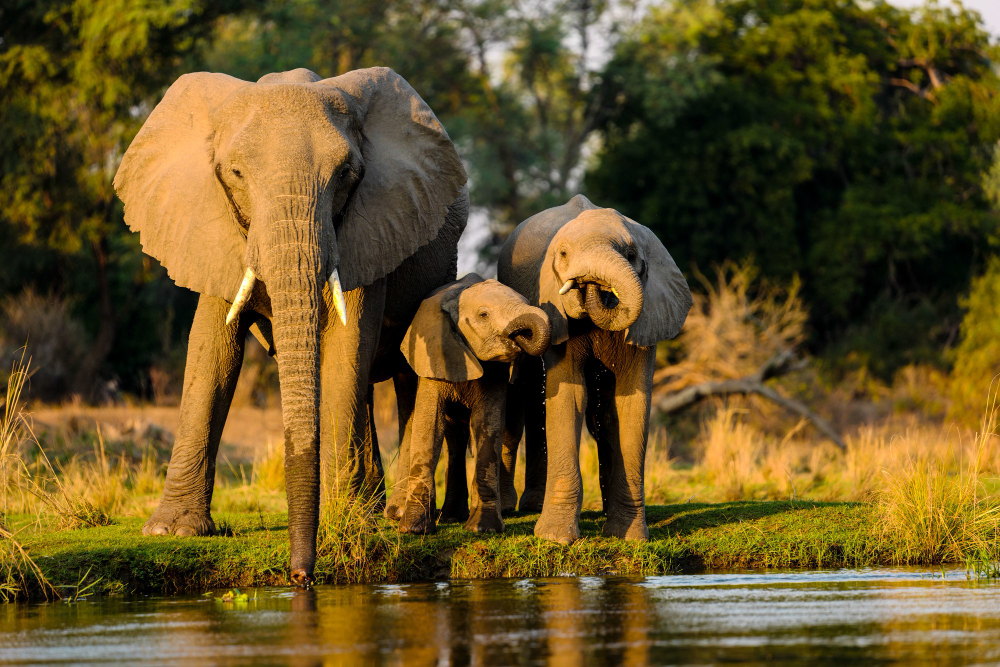India, a land of breathtaking diversity, is home to an incredible array of wildlife species. From the majestic Royal Bengal Tigers to the gentle giants, Asian Elephants, the country’s national parks and sanctuaries offer an unparalleled opportunity for wildlife enthusiasts to experience thrilling wildlife safaris. In this article, we will delve into the world of wildlife safaris in India, focusing on the art of spotting Tigers and Elephants, the best safari destinations, and the efforts in place for their conservation.
The Importance of Wildlife Conservation
Before embarking on a wildlife safari, it is essential to understand the significance of wildlife conservation. India’s rich biodiversity faces several threats due to habitat loss, poaching, and human-wildlife conflicts. Wildlife safaris not only provide tourists with a chance to witness these majestic creatures up close but also generate revenue that contributes to the conservation efforts of these endangered species.
Best Wildlife Safari Destinations in India
a) Bandhavgarh National Park: Located in Madhya Pradesh, Bandhavgarh is renowned for its high tiger density. The park’s dense forests and undulating landscapes make it an ideal habitat for these big cats. Apart from Tigers, the park also hosts a variety of other wildlife, including leopards, deer, and numerous bird species.
b) Ranthambore National Park: Situated in Rajasthan, Ranthambore is famous for its historical Ranthambore Fort and its thriving Tiger population. The park’s picturesque scenery and ancient ruins add to the allure of a safari, creating a unique experience for visitors.
c) Kaziranga National Park: Located in Assam, Kaziranga is a UNESCO World Heritage Site known for its conservation efforts for the one-horned Indian Rhinoceros. The park’s swamps and grasslands also house large populations of Asian Elephants and Tigers, providing a diverse safari experience.
d) Corbett National Park: Nestled in the foothills of the Himalayas in Uttarakhand, Corbett is India’s oldest national park. Renowned for its vast biodiversity, the park is home to Tigers, Asian Elephants, Sloth Bears, and a myriad of bird species, making it a favorite among wildlife enthusiasts.
The Art of Spotting Tigers and Elephants

a) Understanding their Habits: Tigers are generally solitary animals and are most active during early mornings and late evenings. On the other hand, Elephants are highly social and can be spotted during the day, often in herds led by a matriarch.
b) Hiring Experienced Guides: Opting for guided safaris with experienced naturalists greatly enhances the chances of spotting these elusive creatures. Local guides possess an in-depth understanding of animal behavior and the best spots to find them.
c) Patience and Silence: While on a safari, maintaining silence and being patient are crucial factors. Wildlife can be unpredictable, and waiting quietly in the right areas can yield rewarding sightings.
d) Binoculars and Cameras: Equipping oneself with binoculars and cameras with telephoto lenses allows tourists to observe the wildlife from a safe distance without causing any disturbance.
Conservation Initiatives and Responsible Tourism
The thriving tourism industry has its impact on the environment and wildlife. To ensure the sustainability of wildlife safaris, several conservation initiatives and responsible tourism practices are in place.
a) Community Involvement: Involving local communities in wildlife conservation efforts helps create a sense of ownership and understanding of the importance of protecting the animals and their habitats.
b) Anti-Poaching Measures: Parks and sanctuaries have intensified anti-poaching patrols to curb illegal hunting and ensure the safety of wildlife.
c) Eco-Friendly Accommodations: Many wildlife resorts and lodges have adopted eco-friendly practices to minimize their ecological footprint and promote responsible tourism.
d) Education and Awareness: Initiatives to educate tourists about the significance of wildlife conservation and the do’s and don’ts during a safari are essential to create responsible tourists.
Conclusion
Wildlife safaris in India offer an unparalleled chance to witness the natural wonders of the country. The thrill of spotting Tigers and Elephants in their natural habitat is an experience that stays with visitors forever. However, it is crucial to remember that responsible tourism and conservation efforts are vital for the continued survival of these magnificent creatures and the protection of their delicate ecosystems. By supporting sustainable wildlife tourism and actively participating in conservation initiatives, we can contribute to preserving India’s precious wildlife heritage for generations to come.
Must Read: Top 13 Best Places to Visit in India in 2023 by Expertateverything








